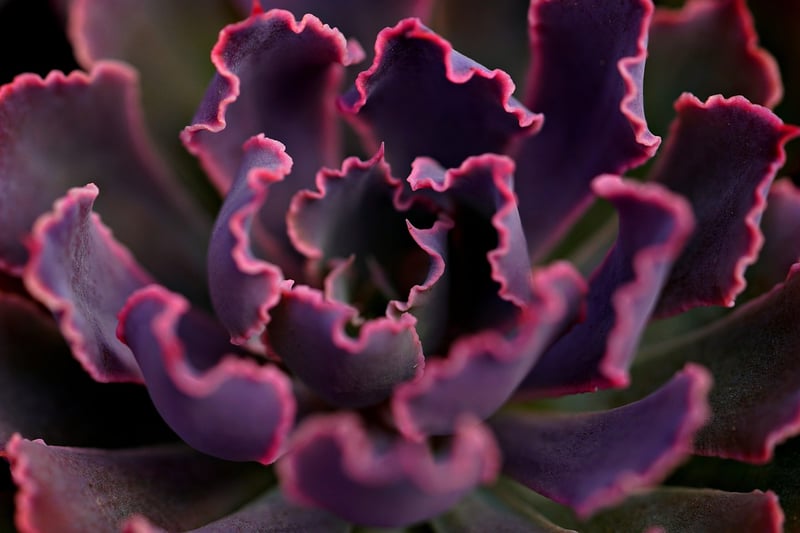Watering Techniques
Essential Plant Care Advice + Watering Techniques
Introduction
Plants are a beautiful addition to any living space, bringing a touch of nature indoors. To ensure your plants thrive and stay healthy, proper care and watering techniques are essential. In this article, we will explore some essential plant care advice and watering techniques to help you maintain a green and vibrant indoor garden.
1. Choose the Right Plants
Before diving into plant care, it's crucial to choose the right plants for your space. Consider factors like light levels, humidity, and available space when selecting indoor plants. Some popular low-maintenance indoor plants include pothos, spider plants, and peace lilies.
2. Light and Placement
Proper light exposure is essential for plant growth. Place your plants near windows where they can receive adequate sunlight. Different plants have varying light requirements, so make sure to research the specific needs of each plant.
3. Watering Techniques
Watering is a critical aspect of plant care. Overwatering or underwatering can harm your plants. Here are some watering techniques to keep in mind:
- Check the Soil: Before watering, check the soil moisture level. Stick your finger into the soil; if it feels dry to the touch, it's time to water.
- Watering Frequency: The frequency of watering depends on factors like plant type, pot size, and environmental conditions. Water thoroughly but allow excess water to drain out.
- Watering Methods: Water the base of the plant directly to avoid wetting the foliage, which can lead to fungal diseases. Use room temperature water to avoid shocking the roots.
4. Humidity and Temperature
Indoor plants thrive in environments with adequate humidity levels. To increase humidity, consider using a humidifier or placing a tray of water near your plants. Additionally, maintain stable temperature levels to prevent stress on the plants.
5. Pruning and Maintenance
Regular pruning helps plants maintain their shape and promotes healthy growth. Remove dead or yellowing leaves, trim overgrown branches, and repot plants when they outgrow their containers.
Conclusion
By following these essential plant care tips and watering techniques, you can create a thriving indoor garden that brings beauty and tranquility to your home. Remember to observe your plants regularly, as each plant may have specific care requirements. Happy gardening!

For more plant care tips, visit The Sill.
